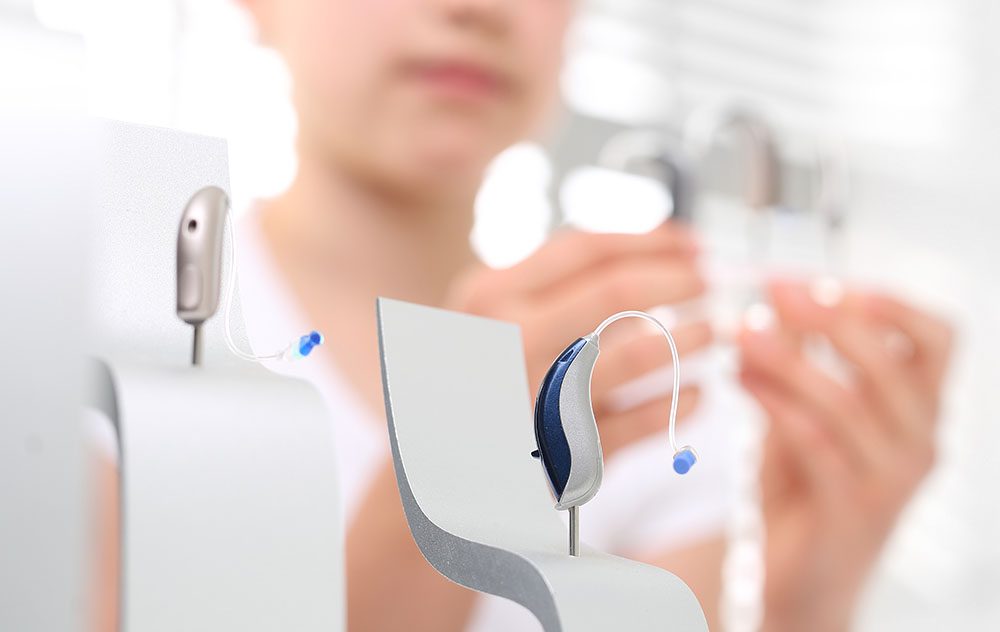What Are Earmolds, and How Do They Work?
If you have noticed that you are experiencing an increased level of

By: admin | June 22, 2023
Designed to help people with hearing loss, hearing aids come in various types, designs and sizes. And each variety comes with different functions and functionalities. Different hearing aids are best suited to different people, depending on the severity of your hearing loss, your preferred lifestyle and your unique preferences. If you’ve been recommended hearing aids, you must know the different types available to help you make an informed buying decision. This article covers the different types of hearing aids to help you decide which one might be right for you.
Healing aids are small electronic devices that sit inside the ear canal or behind the ear. They are designed to amplify sounds that trigger the hair cells inside the ear and make hearing easier. A typical hearing aid design feature three main components:
The types of hearing aids differ by how they are worn, whether they sit inside the ear canal or outside behind the ear.
ITE hearing aids are designed to fit inside the outer ear bowl, usually with nothing sitting behind the ear. Every bit of electronics the device uses are in a small case that also goes inside the external part of the ear. ITE hearing aids usually work best for people experiencing mild-to-moderately-severe hearing loss. But they’re not recommended for young children, as they come with earmolds that need replacing as the ear grows. And that’s why most people wait until their ears are no longer growing before opting for ITE hearing aids.
BTE hearing aids sit behind the ear. And unlike the ITE option, the portion behind the ear is visible. Their design usually features a clear tube connecting to the earmold. Also, every electronic component is contained in a compartment behind the ear. Because of their design, BTEs offer relative sturdiness and are very easy to clean and maintain.
Also, unlike the ITEs, experts recommend BTEs for children since replacing the earmolds as the child grows is easy. BTEs have a design variation known as the open-fit hearing aid. This design allows the ear canal to remain open, fitting behind the ear completely. It features a narrow tube connecting the canal and is ideal if you usually have a lot of earwax buildup.
Because of their design, ITC hearing aids fit more deeply in the ear canal than ITE hearing aids. And this makes them even less visible to the public. They also come in very small sizes, which means they use very small batteries, making them more difficult to handle if you have dexterity issues.
In most cases, ITC hearing aids are custom molded to fit partly in the ear canal. And most people tend to prefer them because of the complete invisibility they offer and their visual appeal, so keep this in mind.
Choosing the right hearing aid may sound challenging, but the following tips can help you:
If you’re unsure what type of hearing aid to choose, your best option is to speak to an audiologist at Gavin Audiology and Hearing Aids. You can also learn more about Gavin Audiology and Hearing Aids by contacting us at (914) 610-3440.

If you have noticed that you are experiencing an increased level of
By: admin | August 22, 2022

Hearing loss can be caused by a number of things. One of the most common,
By: admin | August 4, 2022

Has your audiologist recently asked you to relax in front of a strange
By: admin | June 14, 2022
